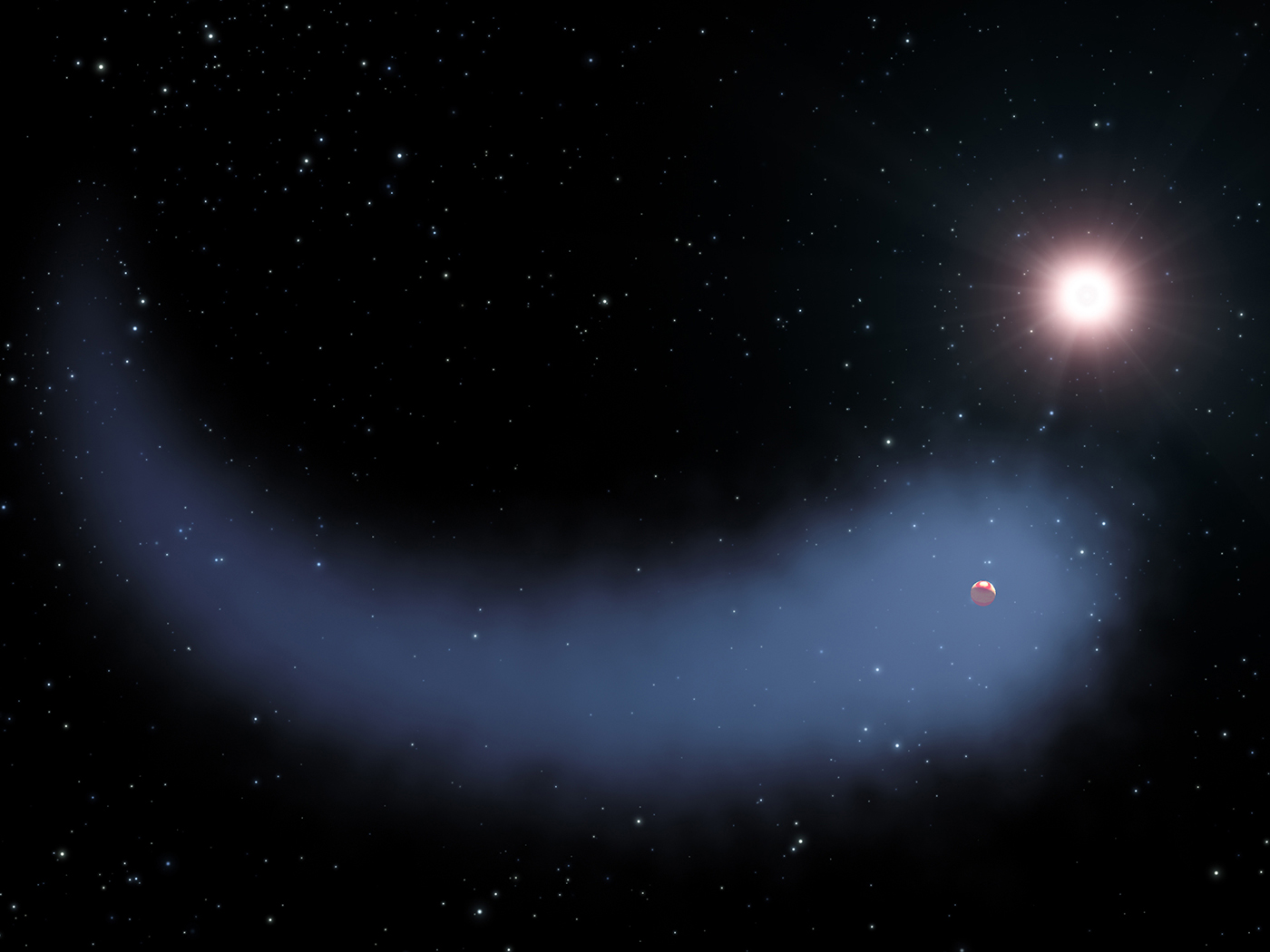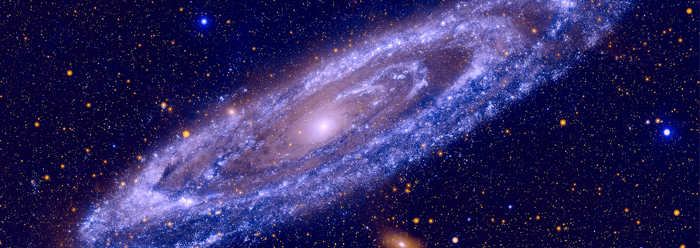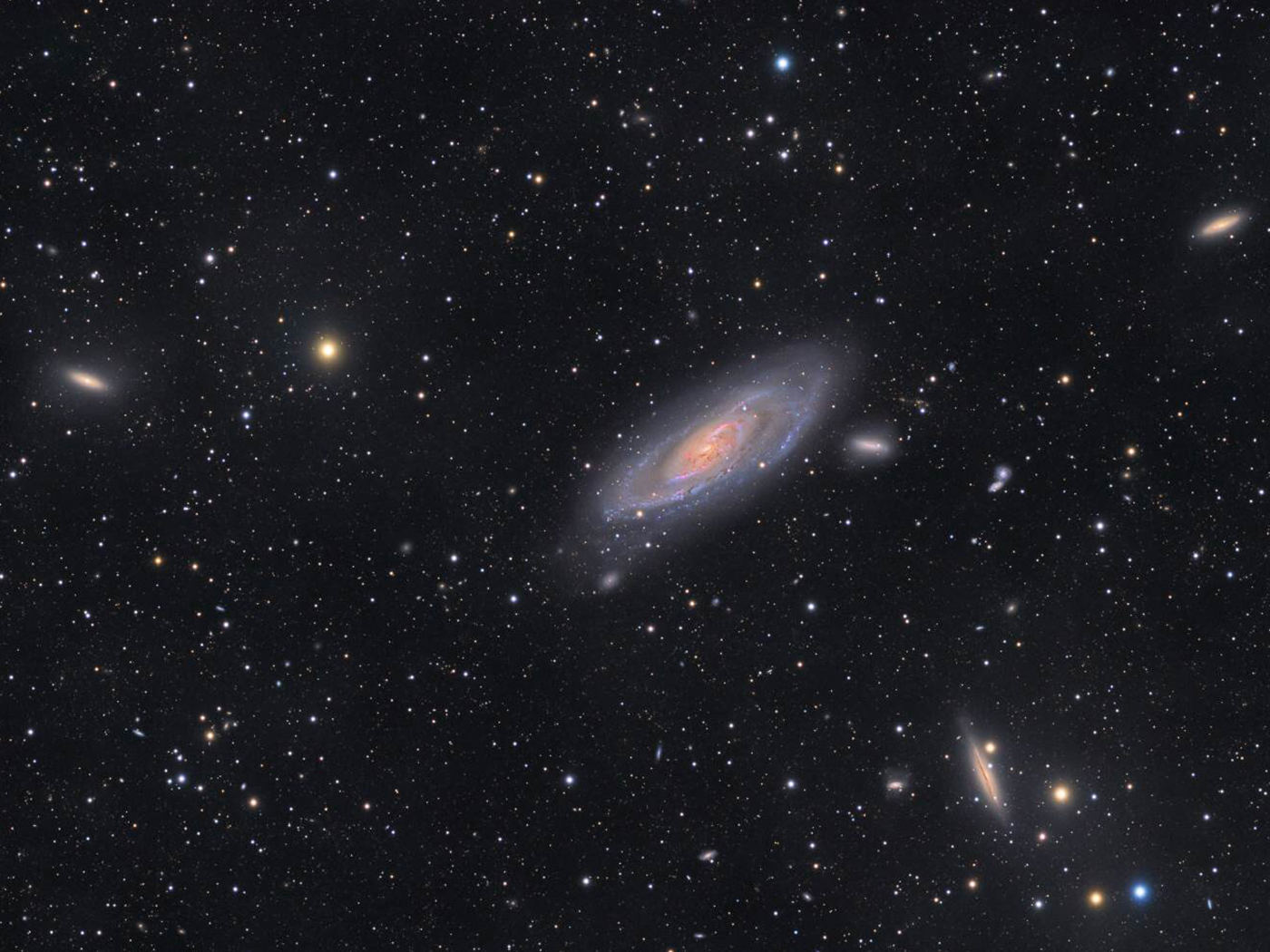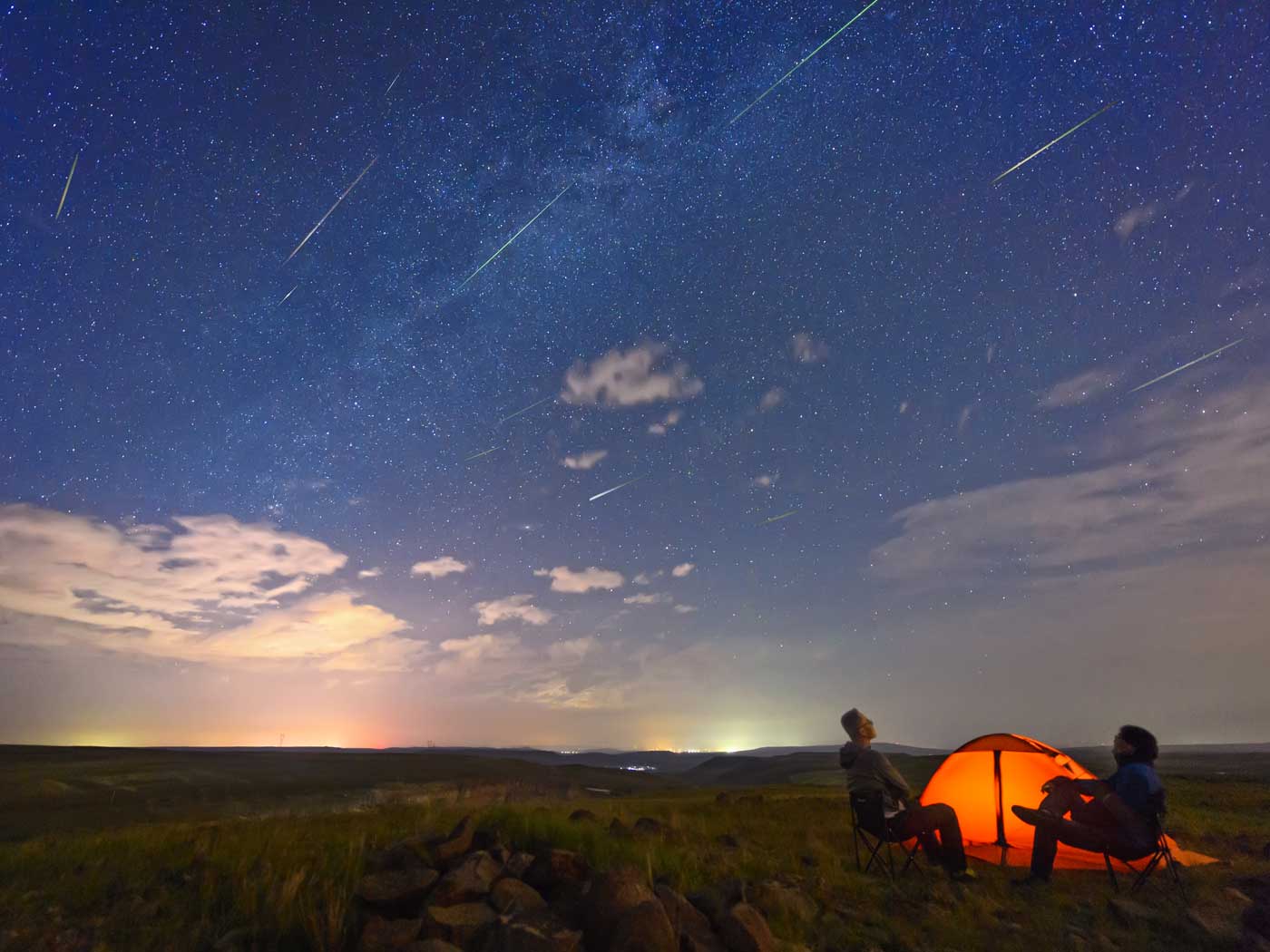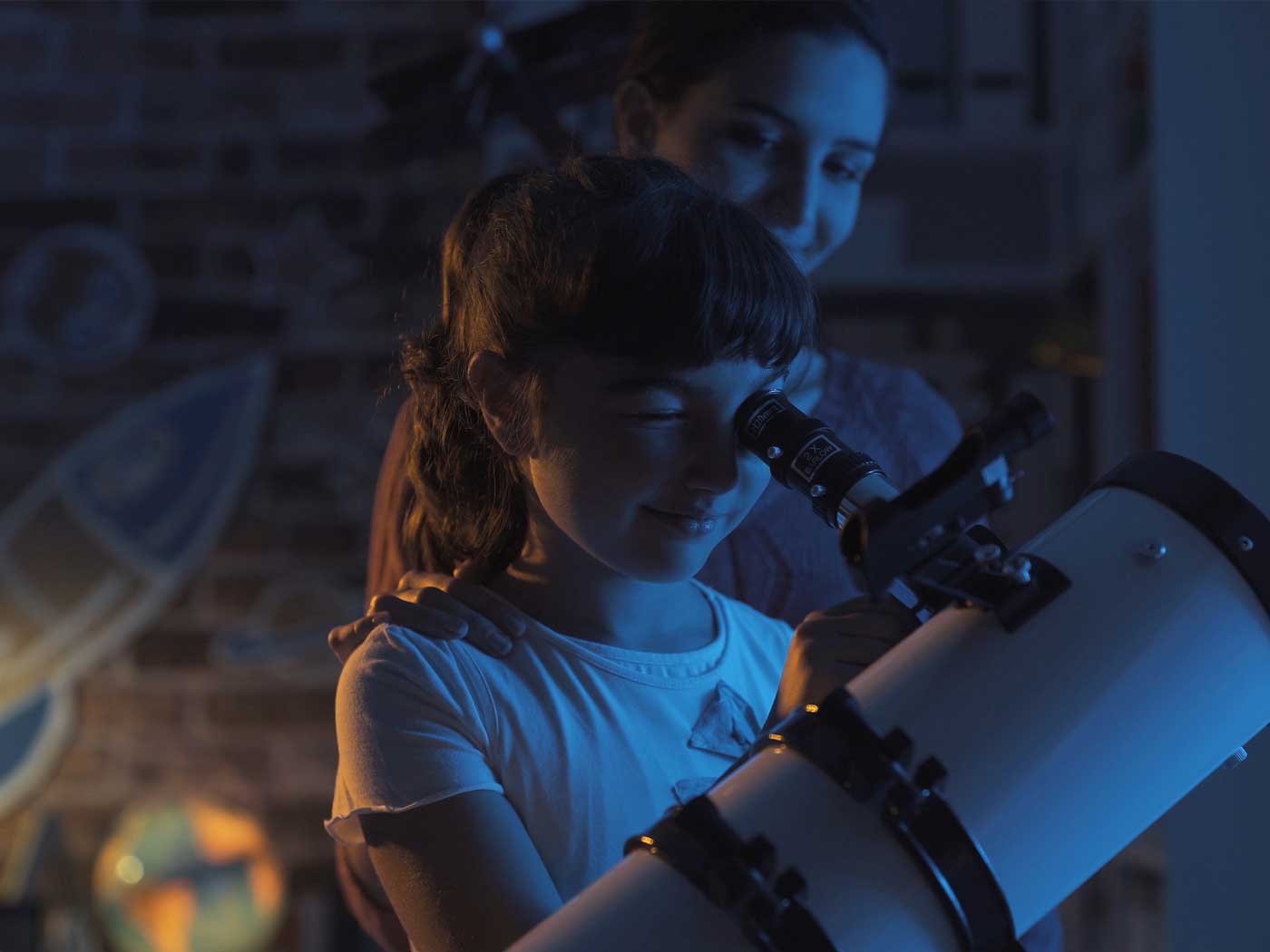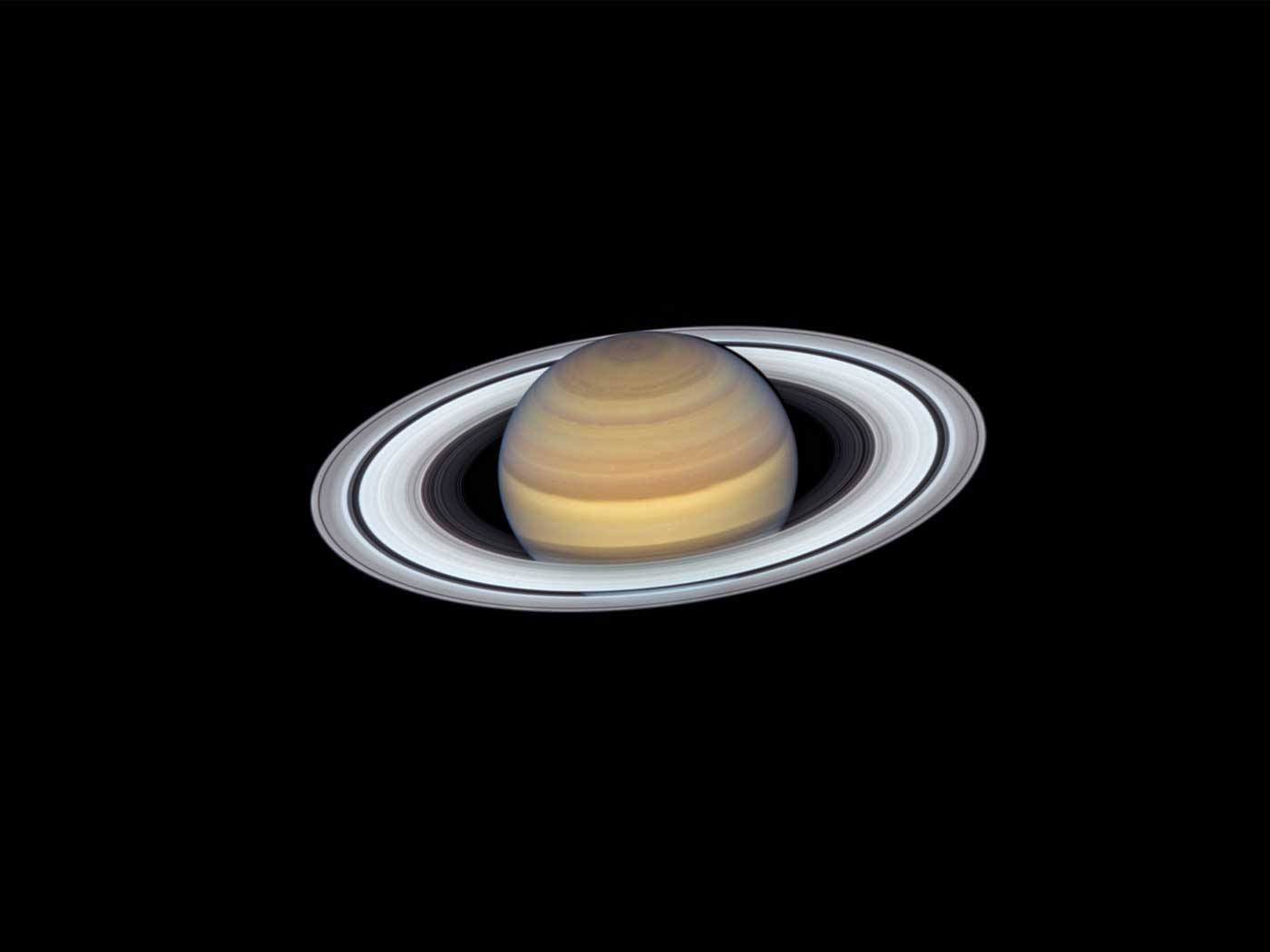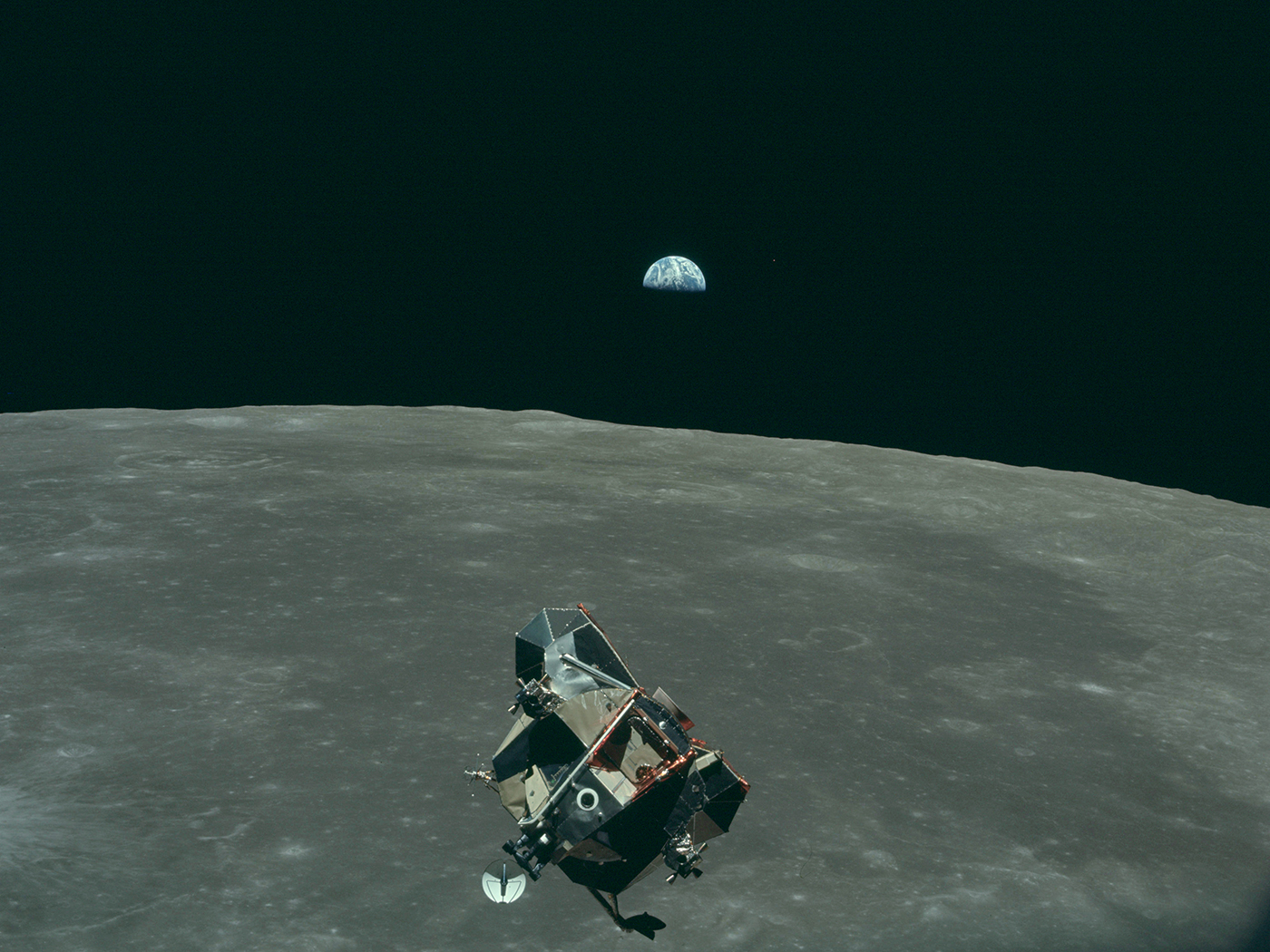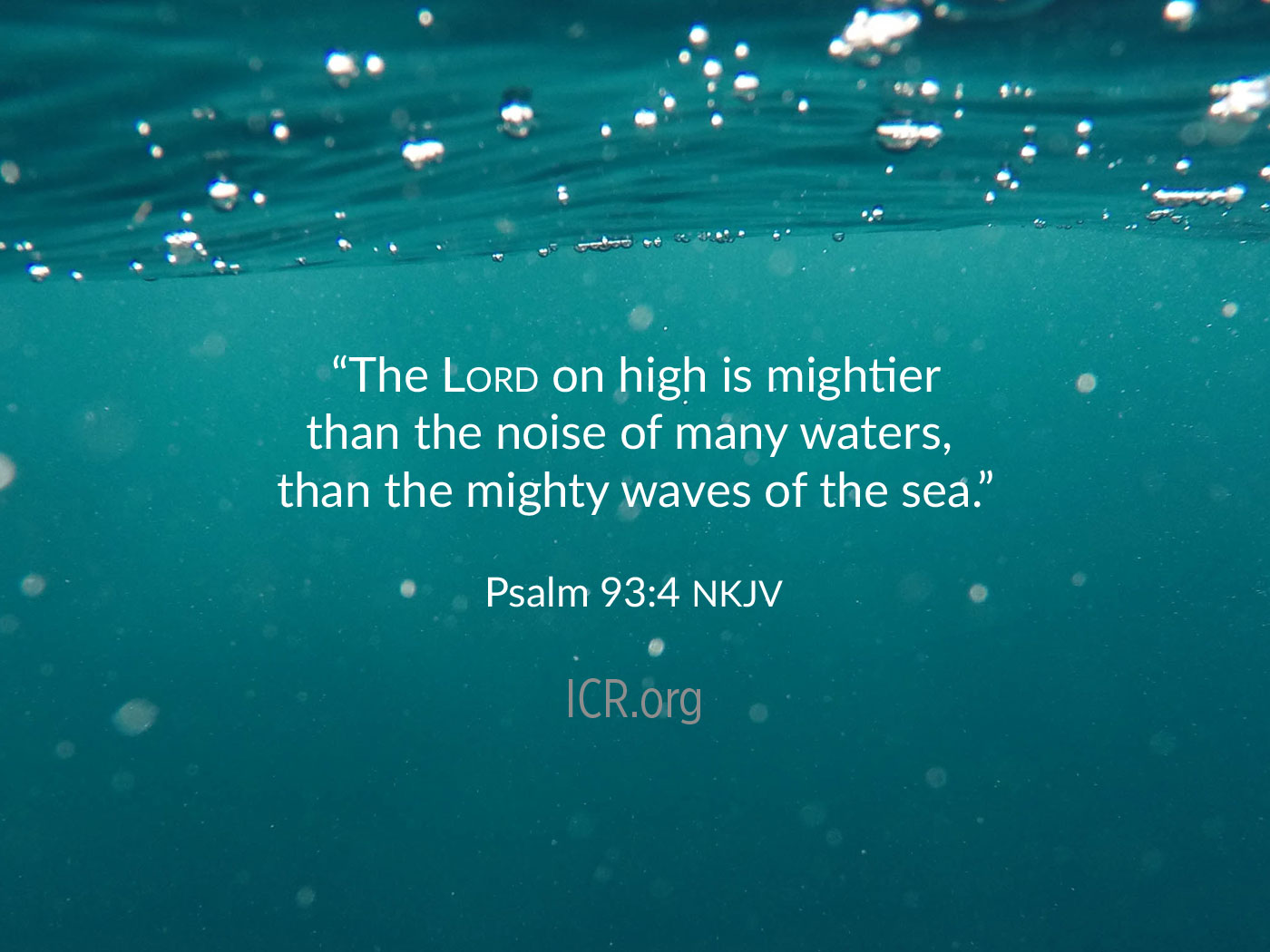Tonight’s (April 7) full moon is special because it occurs when the moon is close to perigee, the point in its orbit where it is closest to Earth.1,2 This event is called a perigee-syzygy by astronomers, but it is informally known as a supermoon. Because the moon is a little closer than normal, it will be a little larger in the sky than normal. However, this slight difference will not be readily apparent to observers. For those who can view the moon while safely practicing social distancing, tonight’s supermoon is a good excuse to do some backyard astronomy. It is also a reminder that the moon’s faithful regularity is due to the faithfulness of the One who created it.3
The full moon rises in the eastern sky around 7:00 pm. If you view the full moon when it is close to the horizon, it will appear quite large. However, this is not due to the supermoon per se. All full moons seem especially large near the horizon, even though the moon’s apparent size in the sky is the same near the horizon as it is high in the sky. It is an illusion that even today is not really understood.
Tonight’s supermoon is also called a “pink moon” in North America, but this is not because the moon appears pinkish in color. Although the moon appears orange-pink when it is near the horizon, the name “pink moon” refers to the fact that this supermoon coincides with the blooming of the moss pink wildflower.4
There is also a connection between Easter and the full moon. Easter is held the first Sunday after the first full moon that occurs on or after the spring equinox. The spring equinox this year was March 19, which occurred after March’s full moon on March 9. Thus, tonight’s full moon is the first full moon after the spring equinox, and Easter is celebrated the following Sunday. One unfortunate consequence of this traditional date for Easter is that it obscures the close connection between Good Friday, Passover, and Easter. In fact, Scripture says that Jesus is the Passover Lamb.5
For those who may be unable to view tonight’s supermoon, the next supermoon is May 7.
References
1. Dunn, M. Catch this week’s supermoon, biggest and brightest of the year. Phys.org. Posted on Phys.org April 6, 2020, accessed April 6, 2020.
2. The moon’s orbit around the Earth is not a perfect circle, but a squashed circle called an ellipse. For this reason, the distance from the Earth to the moon varies somewhat over time.
3. Psalm 89:37.
4. Carter, J. The Biggest Full Moon of the Year Rises on Tuesday—Here’s How and When to See It (Video). Travel and Leisure. Posted on travelandleisure.com April 2, 2020, accessed April 6, 2020.
5. John 13:1, John 19:14, 1 Corinthians 5:7.
*Dr. Jake Hebert is Research Associate at the Institute for Creation Research and earned his Ph.D. in physics from the University of Texas at Dallas.
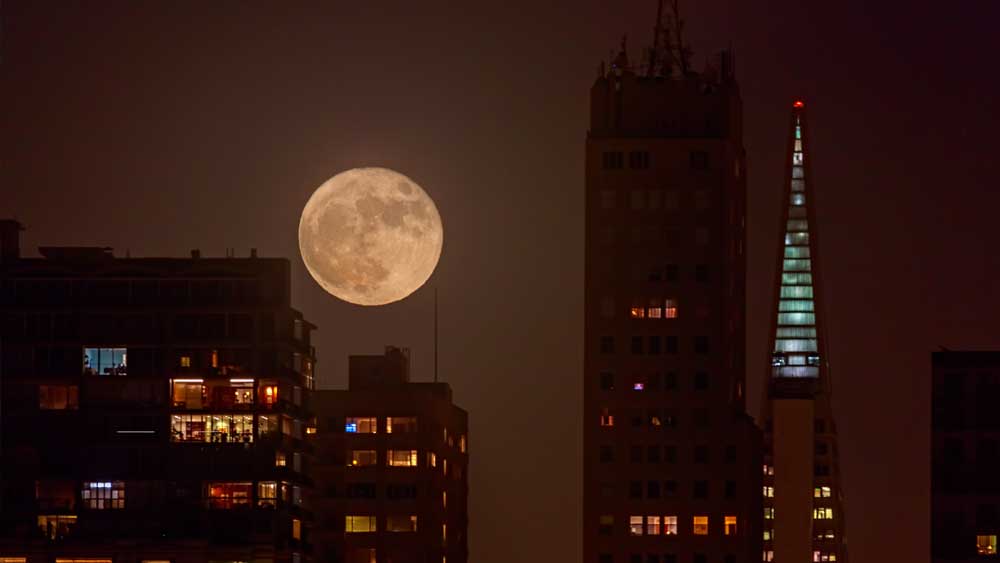
Supermoon Tonight
The Latest
Was a Key to Photosynthesis Evolution Discovered?
Northern Canadian lakes were the source of recently discovered unique photosynthetic bacteria of the phylum Chloroflexota. After years of culturing,...
CREATION PODCAST
Four Moons That Indicate a Young Universe | The Creation Podcast:...
Earth has one moon, but Jupiter has many! What can we learn from our celestial neighbor's satellites? Do they indicate youth?
Host...
Creation Kids: Seeds and Sprouts
by Renée Dusseau and Susan Windsor*
You're never too young to be a creation scientist and explore our Creator's world. Kids, discover...
APOLOGETICS
Christ’s Creativity in Canyon Critters
Grand Canyon animals display many marvelous traits and behaviors as they live life in that harsh habitat. These canyon creatures succeed thanks to the...
Standing Against False Science
I’m Michael Stamp, and I’m in my 12th year as an editor at the Institute for Creation Research. It’s always an encouragement to see...
Oysters and Pre-Flood Longevity
The oyster species Crassostrea virginica, also known as the eastern oyster, is a prized seafood. Research has demonstrated that a fossil version of...
Galápagos Finches: A Case Study in Evolution or Adaptive Engineering?
A group of birds known as Darwin’s finches live in the Galápagos Islands, which are located in the Pacific Ocean 600 miles west of Ecuador....
Hot Springs National Park: Hydrothermal Springs Formed By The...
Hot Springs National Park is located about an hour southwest of Little Rock in the folded Ouachita Mountains of central Arkansas. It is the second smallest...
Why Biology Needs A Theory of Biological Design—Part 2
“Based on a true story” is included by movie producers to add authenticity, importance, and a flair of anticipation. So, my account of how...
Marine Fossil Tapeworm Is Still a Tapeworm
The Flood was both sudden and rapid. The burial of creatures—including delicate plants and soft-bodied animals like jellyfish1—occasionally...




